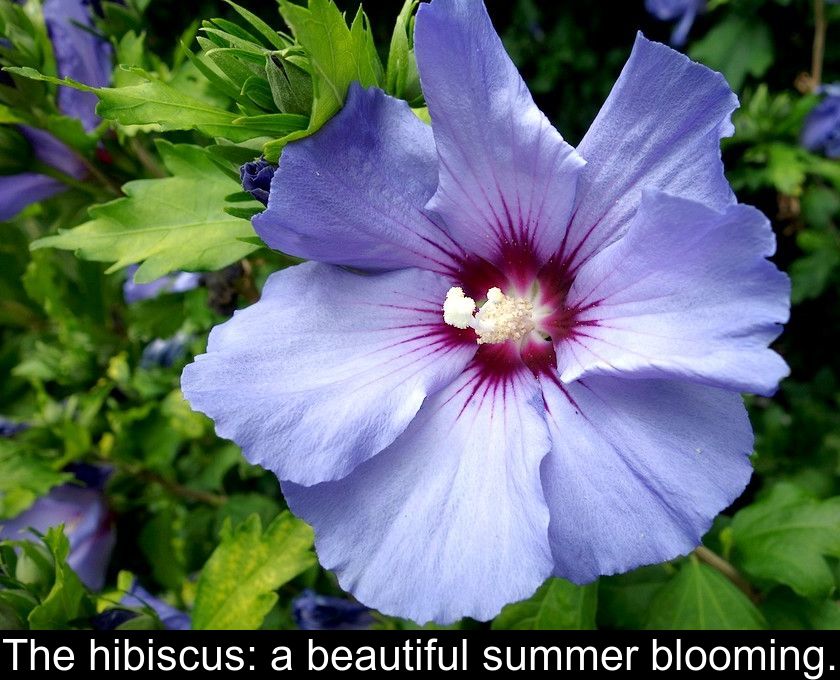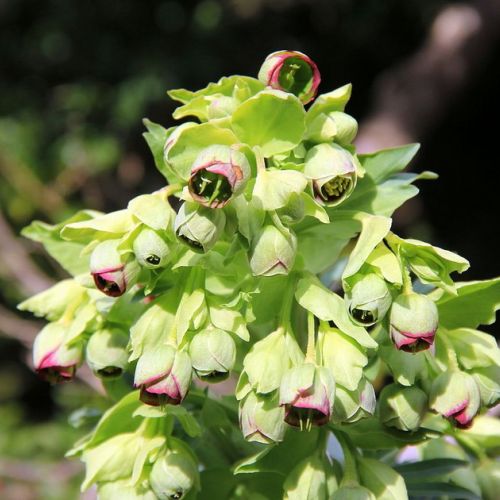The Hibiscus: A Beautiful Summer Blooming.
Hibiscus is an easy-to-care-for plant that offers beautiful blooming throughout the summer. The spectacular shape of its flowers and their vibrant colors (pink, red, white, purple, blue) brighten gardens and balconies with a touch of exoticism. This plant can be used in flower beds or to form a flowering hedge.
A large family of flowers.
The genus of Hibiscus has more than 30,000 varieties of annual or perennial flowering plants. It belongs to the Malvaceae family, like mallows.
The hibiscus is a shrub that can reach a height of 5 meters and its flowers, either single or bicolored, bloom from March to October. Some cultivars can even bloom all year round.
The main varieties
The genus of Hibiscus includes more than 200 species.
Two varieties can be cultivated in Europe under a temperate climate: the Hibiscus Rosa siniensis ("Chinese rose") and the Hibiscus Syriacus.
- The Hibiscus Rosa siniensis, also known as "flower of beautiful ladies," does not tolerate temperatures below 5°C.
- The Hibiscus Syriacus or althaea has the advantage of keeping its leaves permanently and blooming all summer. This variety is hardy up to -15°C.
Due to numerous hybridizations, today we can find flowers in white, pink, red, blue, or bicolor.
Good to know
The Hibiscus Syriacus has many popular names: althaea, tree marshmallow, tree mallow, or garden hibiscus. All these names refer to a shrub form of hibiscus that thrives in our latitudes and brightens up the summer with its flowers in multiple colors.
Culture tips
In general, Hibiscus plants thrive in sunny exposure and fertile, well-drained soil. The best time for planting and repotting is in the autumn.
Hibiscus should be watered daily if the temperature exceeds 28°C, but the pot should not be left sitting in water. Additionally, this plant should be kept away from cold drafts.
It is recommended to regularly trim the stems after flowering, as pruning promotes better blooming.
This plant is susceptible to aphids, spider mites, and scale insects. A tip for dealing with black aphids is to plant sage alongside the hibiscus.
Methods of multiplication
Hibiscus can be propagated by seeding or by cuttings in winter.
Hibiscus syriacus reproduces very easily by seeding but its cuttings are quite difficult.
On the other hand, it is easy to propagate Rosa sinensis by cuttings. After cutting a non-flowering stem end at an angle, leaving 2 or 3 pairs of leaves, it is planted in a moist and light substrate, in a greenhouse, with good lighting. Roots usually appear after about a month.
Anecdotes about the hibiscus
The hibiscus, whose name comes from the ancient Greek "hibískos", meaning "marshmallow", has been known and cultivated since ancient times. This plant was grown in Egypt and Southeast Asia as an ornamental plant, but also for its edible fruits.
This flower has medicinal properties: it was once used to soothe coughs and heal sore throats.
Hibiscus syriacus is the national flower of South Korea. Its name in Korean, "mugunghwa", means "Eternity Flower".











